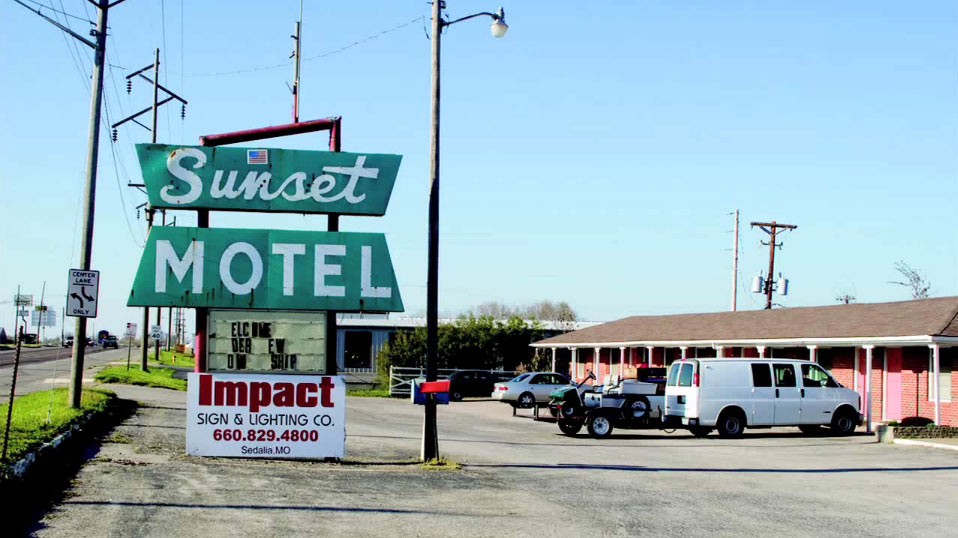About 12 years ago a guy bought a bunch of paper notebooks while on a trip to Europe. As he reflected on his purchase, he was puzzled why these notebooks cost so much money, and thought he could make them himself back in the United States.
So he tried.
But notebooks? Paper? Can you come up with a more commoditized product? My grandfather (grandfathers plural actually and a ton more of my relatives) used to work at a paper mill in northern Wisconsin. That paper mill doesn’t exist anymore. Paper is a tough business to profit in these days.
There’s definitely more than a few trying though. Some folks are working to invent the next task management system and selling their own notebooks that foster it. There’s even “digital notebooks” that make it easier for those of us using pens to get our notes to the cloud.
Not our guy though. He just wanted to make notebooks. Crazy.
Nostalgia comes from a pair of Greek words. Nóstos which means “homecoming”, and álgos which means “a pain or ache”. In other words, “homesickness”. Soldiers had nostalgia as they fought away from home. Over the years, nostalgia has been treated as a sickness or a disease. It was often thought of as a negative emotion.
But in the last century, we’ve learned a lot more about nostalgia and it doesn’t seem so negative after all.
The University of Southampton has become a sort of Nostalgia Headquarters. There, Dr. Constantine Sedikides and Dr. Tim Wildschut, psychology professors, have been studying nostalgia, its triggers and effects for almost two decades.
By now, most people realize that humans are social creatures. When we don’t have people around us, we get sick. Malcolm Gladwell even opened his book Outliers, with the tale of Roseto, Pennsylvania where heart disease was oddly non-existent. When explored, they found the deep social connectedness the town possessed amongst its citizens was unlike anywhere else in the United States. It was the social connectedness that was keeping everyone healthy.
But what’s been interesting about Dr. Sedikides and Dr. Wildschut’s research is that it’s been showing that people exposed to nostalgia, like listening to an old song or seeing an old photograph, experience an improved feeling of social connectedness. Even though the people they are feeling connected to, aren’t present in location… or time. Nostalgia breaks down the barrier of time and helps us better connect, even if no one is here with us in the moment.
Going back to that guy and his notebooks. He got a couple thousand printed and gave them to friends and customers. They went quick. One of his friends wrote back: “Brilliant. Thought you’d want to know that -Jim”
Jim being Jim Coudal and writing his friend and soon to be partner Aaron Draplin on the business they would soon endeavor on: Field Notes — the now wildly popular paper notebook.
There are many reasons for Field Notes success: Aaron Draplin being a well-regarded designer in a large community, Jim being a genius marketer, their quirky and endearing product videos, and especially their innovative subscription model — bringing the safety of a recurring revenue model right out of the world of software and applying it to notebook paper.
But one of the things that stands out to me is how Field Notes is designed. If you dig into some of Aaron’s history and hobbies, you see this guy loves junk.
Aaron travels all over the United States. And while on these many journeys Aaron continues to collect junk. He’ll visit estate liquidations. Yard sales. From the small — old stickers, envelopes, matchbooks, lighters. To the big — he once bought a 28 foot sign.

Aaron also has an enormous collection of old notebooks. The kind that farmers would use to track notes about their crops — given to them by their seed company or insurance agent. Aaron has hundreds, if not thousands, of these old notebooks. This was the inspiration behind Field Notes and it shows.
The typography reminds you of a saved calendar you’d find in an old relative’s house. The copy reminds you of an uncle that kept a notebook in his shirt’s breast pocket because no one had smart phones to track the things they needed to remember.
My grandfather passed away before I can remember him. What I can remember is the stuff he collected in his basement. All the junk and inventions. He hated his job at the paper mill. So at home he was an inventor. Collecting old motors and gadgetry. Fixing things. Putting things together in new ways people hadn’t thought of yet.
Field Notes reminds me of my grandfather.
I think a huge reason for Field Notes success is that Aaron has embraced the power of nostalgia. He wields the tool with elegance, reminding us of people and design that aren’t here anymore. We think of an “America” that seems to be out of reach today — something that would make us all feel better, if it returned.
Field Notes is more than just a nod to the past. It’s a connection.
P.S. If you enjoyed this article, please help spread it by clicking that ❤ below. And if you are interested in more, you should follow my YouTube channel, where I share more about how history, psychology, and science can help us come up with better ideas and start businesses.


